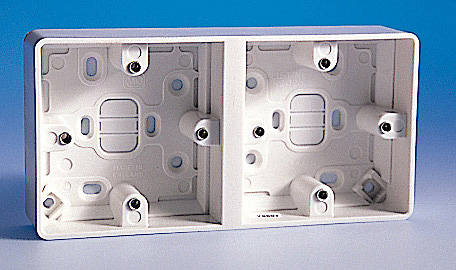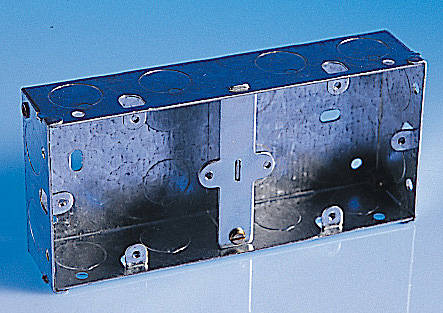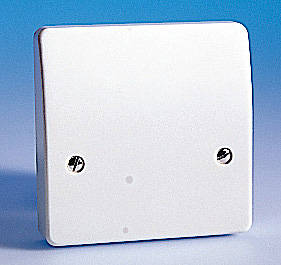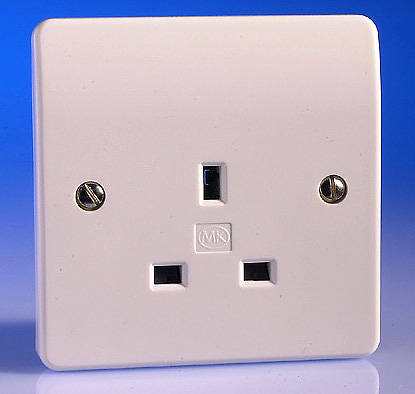I am in the process of refitting my kitchen and will need to my separate cooker and hob connected soon.
The cooker and hob came as a set but the oven has a standard plug on it. Can the oven be wired into the same junction box (old cooker connection point) as the hob? The junction box is rate at 45 amp and this is then connected to a CCU on a 32 amp mcb in the Consumer unit.
The cooker and hob came as a set but the oven has a standard plug on it. Can the oven be wired into the same junction box (old cooker connection point) as the hob? The junction box is rate at 45 amp and this is then connected to a CCU on a 32 amp mcb in the Consumer unit.





